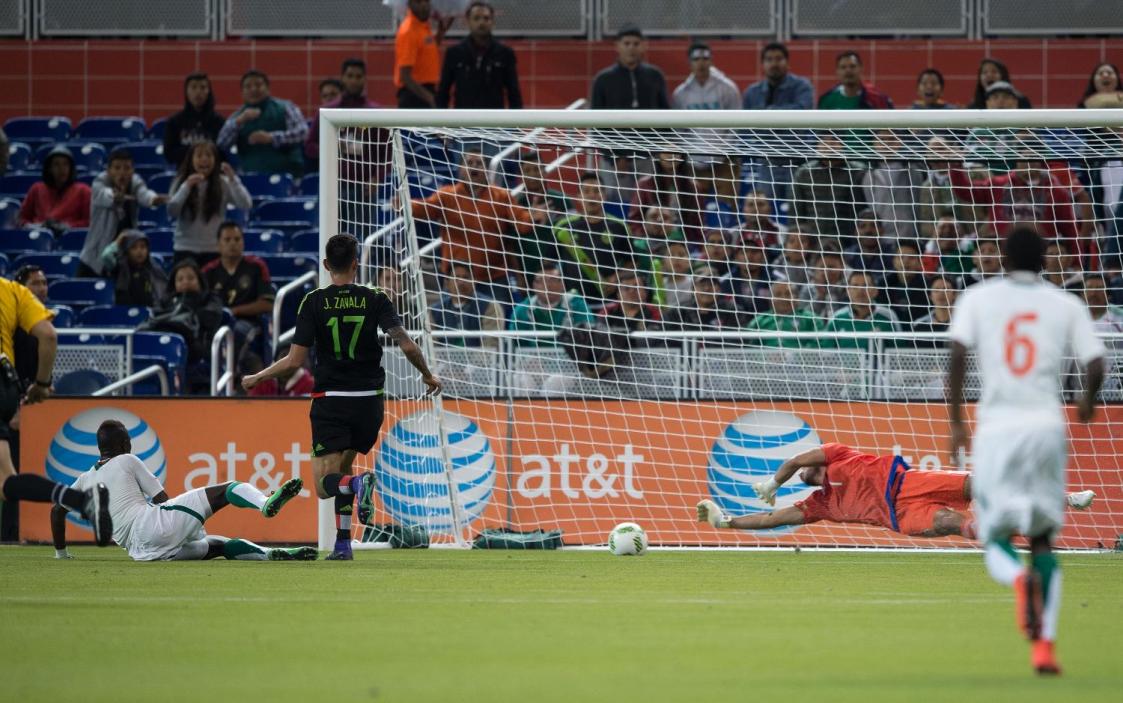Fox Expands 4K Lineup With MLS All-Star Game, Yankees-Red Sox Coverage
ORLANDO, Fla.—Fox Sports will stream 4K coverage of the MLS All-Star Game July 31 from Orlando, Fla., as part of its expanded use of the high-res format online and made available on its apps.

“Fox is looking at how we get into 4K in a really exciting way,” says Steven Thorpe, VP, video platforms, for Fox. “The question is, how can we start getting 4K out to our audience? The best way to do that is through our digital products.”
Streaming 4K from Orlando (broadcast coverage begins at 8 p.m. EDT on FS1) follows Fox Sports’ 4K stream this summer of the 2019 FIFA Women’s World Cup made available on its website and coverage of the July 27 game between the New York Yankees and the Boston Red Sox from Fenway Park.
Fox will also stream 4K coverage of the Aug. 3 contest between the Yankees and Red Sox from Yankee Stadium (broadcast begins at 1 p.m. EDT on FS1).
The 4K all-star soccer coverage, available on the Fox Sports App and Fox Now as well as Apple TV and Roku devices and via select MVPDs offering TV Everywhere services and pay-TV providers, will not make use of high dynamic range (HDR), which the broadcaster is experimenting with at the moment, says Thorpe.
For distribution, FOX has partnered with satellite service provider SES. Coverage from Orlando City Stadium will be uplinked to an SES satellite and downlinked to an SES facility where basic bugs and slates will be added before being re-uplinked for distribution to Fox’ distribution partners, says Thorpe.
One destination will be Verizon Digital Media Services where Thorpe’s team and Verizon will rely on the Verizon Slicer ecosystem for transcoding into HLS video, which will be transited out via Verizon’s EdgeCast CDN and ultimately to consumer devices, he explains.
Get the TV Tech Newsletter
The professional video industry's #1 source for news, trends and product and tech information. Sign up below.
For consumers, the goal is to make accessing the 4K stream fast and easy. “We are trying to make sure we surprise and delight our audience by making content available in 4K,” says Thorpe. “We will give them some simple badging that lets them know a feed is available in that higher quality. We want to make sure that when people go into the Fox Sports app or Fox Now, 4K content is treated just like anything else.”
The approach Fox Sports is taking to 4K production harkens back to the early days of HD production, says Michael Davies, Fox Sports SVP, Field & Technical Operations. “The way to go about it [4K production] is to produce in that highest common denominator format and downconvert,” he says.
While resolution is important, it is HDR that will make the most noticeable impact. “I would go as far as to say that the colorimetry of a broadcast is more important than the resolution. It’s nice when you have both. But overall, the HDR is the moneymaker,” says Davies.
During these early days of HDR, Fox Sports has zeroed in on Hybrid Log Gamma (HLG) for high dynamic range, “mainly because of what the manufacturers support at the moment,” says Davies.
There is even an incremental increase in the quality of standard dynamic range video that begins as HDR and is downconverted, another benefit of starting in the higher resolution and downconverting, he adds.
However, challenges remain from a production point of view. Small, specialty cameras, such as those used in pylons, aren’t available with 4K support. Nor are the RF cameras that play a critical role in sports production, he says.
Additionally, high frame rate cameras and graphical treatments viewers expect, like the yellow line on a football field, are in short supply, says Davies.
As a consequence, the availability of upconverters on production trucks takes on added importance. “There is a fair amount of conversion that is always needed, and sometimes you find that sort of left out,” he says, adding the dearth of upconverters makes renting additional resources common.
An often overlooked aspect of 4K production—until it’s needed—is monitoring. “All well and good if you are producing 4K, but unless—let’s say your video person—has an HDR monitor to actually see what he is doing, you will need to make sure one is added,” says Davies.
As Fox Sports expands its 4K sports coverage, however, it’s important not to lose sight of the fact that the vast majority of viewers still watch in HD.
“Let’s be honest, there are not a lot of people watching HDR at the moment, so it is important to make sure at the end of the day that you are protecting the show that 99% of the people are watching,” says Davies. “They won’t understand if the colors are wrong because you are doing HDR for a small segment of the audience.”
Phil Kurz is a contributing editor to TV Tech. He has written about TV and video technology for more than 30 years and served as editor of three leading industry magazines. He earned a Bachelor of Journalism and a Master’s Degree in Journalism from the University of Missouri-Columbia School of Journalism.

